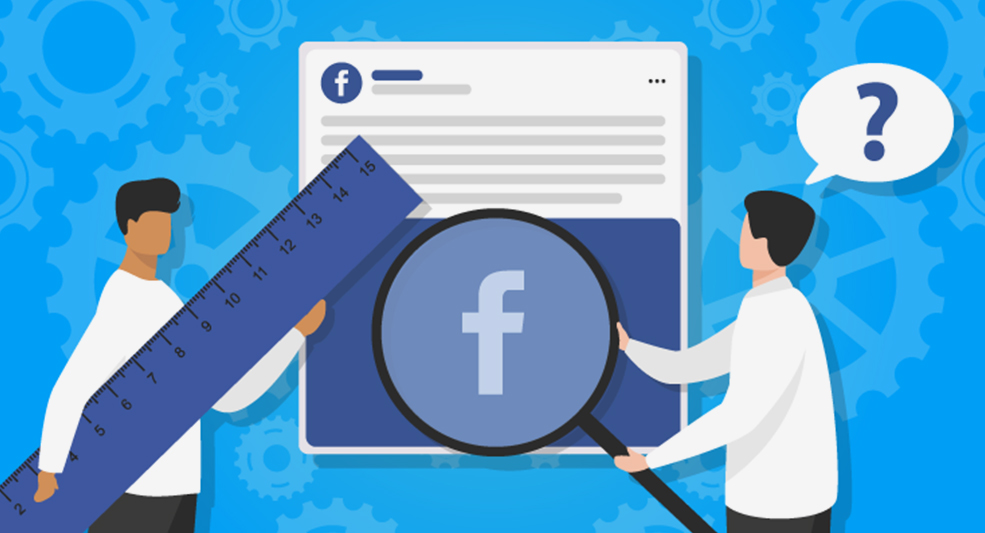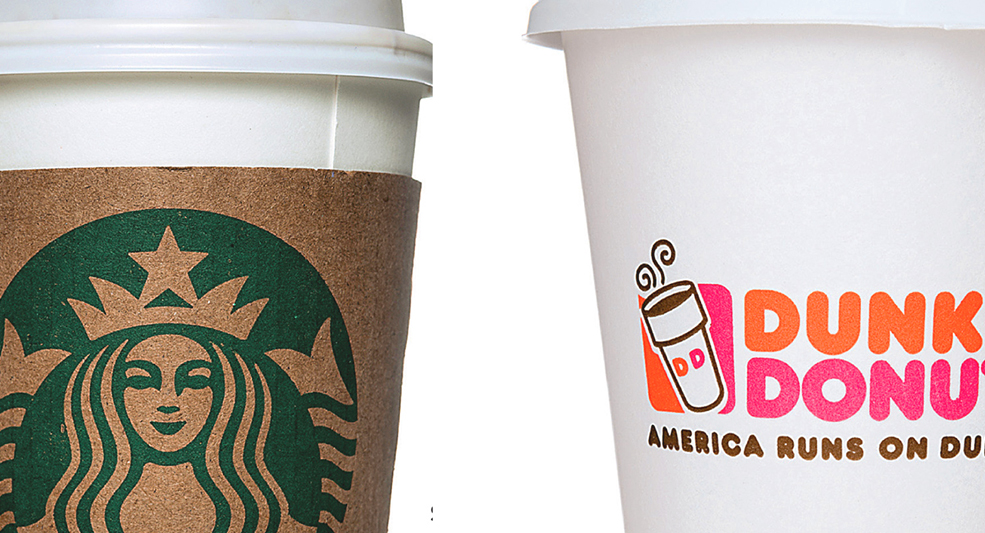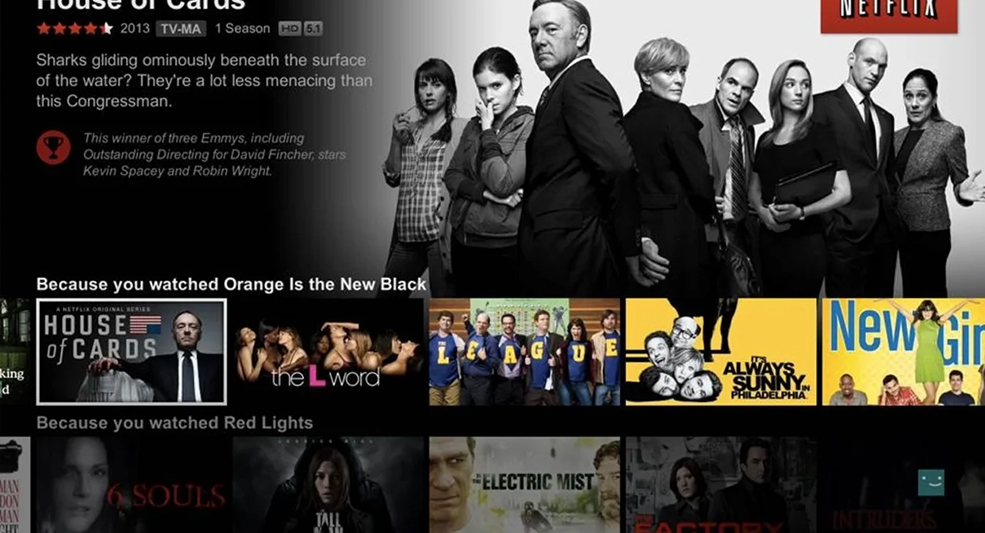A Smallbizgenius survey shows that companies with bad business branding pay 10% more in salary. More than 500,000 brands are listed worldwide by Nielsen Media Research. Every brand needs to overcome the competition with the biggest brands for a thriving business. If you are looking for the best ways, try to bring your brand under the spotlight of branding and see how you will outshine others in real-time.
Building a brand is not just about creating an attractive logo but also about creating a customer experience that compels them to build a long-term connection with your business. The whole process can be pretty extensive; that’s why you must create a well-established brand-building strategy to develop your business. In this blog, we will dig deeper into the whole concept of branding. So Let’s get started,
What is branding?
Branding is the process of exposing your brand’s logo, message, and identity in front of a larger audience. It presents an image of your brand in the audience’s mind that will pop up every time they think about your business. The whole idea is to create and retain a loyal relationship with your clients by offering your brand’s experience.
How to build a brand online?
According to Smallbizgenius statistics, individuals recall a brand after 5 to 7 impressions. Therefore, your brand-building strategy needs to align with your business goals. The idea is to communicate your brand with the right audience for a better ROI. Include the following steps in your brand building process to develop a strong framework for your business:
Select your brand’s niche
Niche marketing might mean focusing on some specialized products and catering your services to a certain audience. You might not believe it. But this is the smartest move you can perform for your business. You target a specific customer base, which means you can focus more on quality and create a strong and nurturing relationship with your audience. This way, you create a strong consumer base for your business that might work as your advocates in the future.

The best example of this category is Facebook. You must be wondering that Facebook isn’t a niche business. Well! Few people are aware that Facebook began as a photo-sharing website for Harvard students to communicate with one another. Then, over time, it spread to other American campuses, eventually becoming the most well-known global social media network it is today. So you can see how a small group of customers can help you prepare for a larger launch and outrank your competitors.
According to the same research, 13 % of consumers spend 31-50 % more for your services if they find that your product is causing a positive change in the world. So always keep in mind that your niche solves a practical problem while being professionally satisfying. Furthermore, a strong market potential with the minimal competition will help you attain your business goals in real-time.
Define your business goals
Setting goals is the very first stage in every business strategy. Before starting your business development plan, you need to think about where your brand will be in a few days, weeks, months, or years. Your goals should be at the core of everything you do in your firm. Brand objectives are the goals that your company wants to achieve through branding. For example, your brand goal could raise awareness to increase client trust and loyalty.
Whether it’s the world’s most successful soft drink brand CocoCola or the video streaming service Netflix, every company has a strategy in place for a reason. Their goals may differ, but they all have a fundamental aim. Coca-Cola, for example, uses advertising that features Santa Claus, Christmas, family, and friends to raise brand recognition.
Add elements that differentiate you from similar brands
Communicate your brand message through branding and stand out from the crowd. Differentiate yourself from the competition by including your brand’s core values and mission in your brand strategy. The goal is to show how your company uniquely solves a significant problem. You are free to discuss your customer service experience. Try to stay authentic. According to Oberlo data, 86% of buyers consider authenticity the most important factor in determining which companies they enjoy and support. Don’t mix and blend stuff you don’t give to capture your audience’s attention.

Take, for example, Starbucks and Dunkin’ Donuts, two massive coffee chains with quite distinct advertising strategies. One is a more holistic word-of-mouth advertising, while the other is more traditional and adjusts to market changes.
Offer an incredible user experience.
According to the same Oberlo survey, 73% of customers consider customer experience a significant element in their purchasing decisions. In your marketing strategy, the customer experience reigns supreme. You lose everything, no matter how great your product is if your customer experience is inadequate. An ideal user experience will give you better reviews that attract more consumers to your business. Allow your customers to share their experiences with you online easily.
Amazon is an excellent example of this. The great customer experience is one of the reasons behind Amazon’s enormous success. In addition, its proactive strategy and client-centric approach have helped them acquire customer trust over time.
Create a high-quality blog for your website
In a Smallbizgenius survey, at least 61% of respondents report that they are more willing to buy from businesses that provide unique content.
Every brand-building service includes creating high-quality and compelling content that increases your online visibility for better sales. Blogging is an effective way to make your brand easily identifiable to larger audiences. Make sure to maintain the conversational style in your writing to engage your audience with you successfully.
Take a look at TOMMY HILFIGER’S weblog, for example. Their blogs are a perfect example of their classic and contemporary design. Everything makes this lifestyle business stand out from the crowd, from high-quality content to graphics.
Strategically create your visual identity.
One Smallbizgenius study suggests that color improves brand awareness by up to 80%. Different colors depict different emotions. Make sure to use color psychology to create visual branding for your brand. Choose colors that portray your brand’s messaging and identity. For example:
- Blue is a hue that symbolizes trust and is frequently connected with companies and banks.
- Purple is a soothing color, so it is used in anti-aging products.
- Pink is connected with women’s items because it provides a more feminine and romantic touch.
Stay consistent on all online platforms
According to Oberlo’s report, the consistent presentation of a brand has seen a 33% rise in income. Ensure that your brand messaging, values and image are consistent throughout every online platform, including social media. Consistent brand identity will reinforce positive consumer opinion toward your brand. Try to engage with your consumers on social media platforms equally. Consumers are more likely to start a relationship with a brand they are familiar with. Not just that, consistency even distinguishes your brand from your competitors.
Make use of personalization
As per a recent report, 73% of consumers prefer a personalized shopping experience. Personalization is an effective way to increase your brand’s conversions through the right messaging to the relevant audience. It helps to show that you care for your clients. Personalization makes your clients feel like they are directly communicating with your brand. It makes their shopping experience easy, smooth, and highly comfortable.

Biggest brands like Netflix and Amazon present recommendations that are most relevant to their audience, an amazing personalization strategy to gain more subscribers.
Final Words
Branding is important to define your business to your target audience. All you need to do is identify your business niche and goals and create strategies. Make use of blogging to increase high-quality traffic to your website. Create a visual identity that matches your brand’s messaging. Personalization will bring your customers closer to your brand, and by remaining consistent across all platforms, you may boost your brand visibility.
